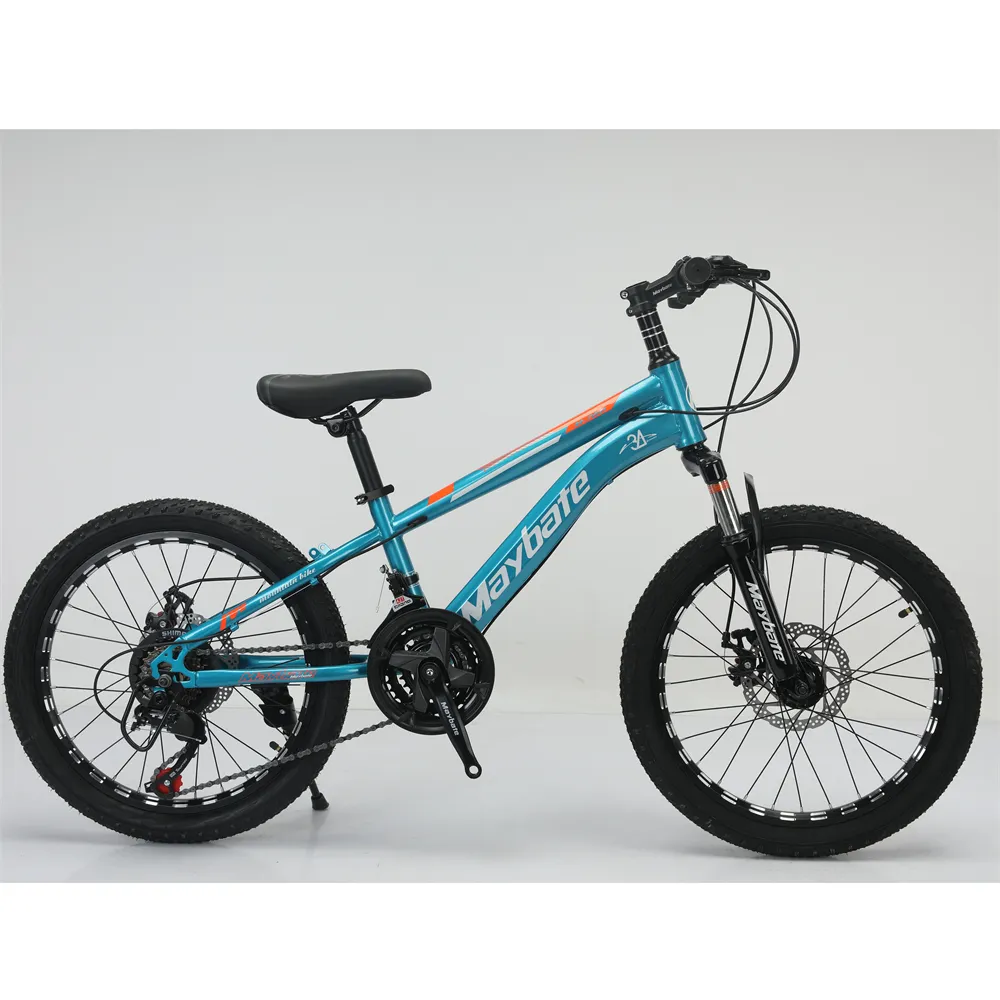Discover the Best Deals on High-Quality Mountain Bikes for Adventure Seekers Today
The Ultimate Guide to Buying a Mountain Bike
Mountain biking is more than just a hobby; it's a lifestyle that offers a fantastic way to explore nature, challenge yourself physically, and enjoy an adrenaline rush. However, before you hit the trails, it's crucial to invest in the right mountain bike that suits your needs and riding style. This guide will help you navigate the process of buying a mountain bike, making your experience smoother and more enjoyable.
Understanding Mountain Bike Types
Mountain bikes come in a variety of styles, each designed for different terrains and riding preferences. The three primary types are
1. Cross-Country (XC) Bikes Lightweight and efficient, XC bikes are designed for speed and climbing. They typically have a rigid frame and are best suited for well-maintained trails.
2. Trail Bikes These versatile bikes strike a balance between climbing ability and descending prowess. They often feature a full suspension system, allowing for more comfort and control on rough terrain.
3. Downhill Bikes Built for steep descents and rugged trails, downhill bikes are heavier and designed for stability at high speeds. They are not the best option for climbing but excel at tackling challenging downhill runs.
Understanding these types will help you choose a bike that aligns with your ambitions on the trail
.Key Features to Consider
When buying a mountain bike, consider these essential features
1. Frame Material Mountain bike frames are typically made from aluminum, carbon, or steel. Aluminum is lightweight and cost-effective, carbon offers superior performance and weight savings, while steel is known for its durability and smooth ride quality.
buy mountain bike

2. Suspension Decide between hardtail (front suspension only) and full suspension (front and rear suspension). Hardtails are lighter and more efficient for climbing, while full suspension provides better comfort and control on rough trails.
3. Wheel Size Mountain bikes generally come with 26-inch, 27.5-inch, or 29-inch wheels. Smaller wheels are more agile, while larger wheels roll over obstacles more easily. Consider what type of terrain you'll be riding most often.
4. Brakes Disc brakes, whether hydraulic or mechanical, provide more consistent stopping power while riding in varied conditions compared to rim brakes. Hydraulic disc brakes offer superior performance but come at a higher price point.
5. Fit The right fit is crucial for comfort and control. When testing bikes, ensure you can stand comfortably over the frame, reach the handlebars, and that your knees aren’t too close to the handlebars while pedaling.
Budgeting for Your Purchase
Mountain bikes can vary widely in price, from a few hundred to several thousand dollars. Determine your budget beforehand. A mid-range bike usually offers a good balance of quality components and performance without breaking the bank. Remember to allocate some of your budget for essential accessories, such as a helmet, gloves, and lights.
Test Rides Are Essential
Once you have narrowed down your choices, take the time to test ride a few bikes. Many local shops offer demo days or rental programs. Pay attention to how each bike feels, particularly when climbing, descending, and navigating tight corners. Trust your instincts; comfort and confidence are key to enjoying your rides.
Conclusion
Buying a mountain bike is an exciting process that requires careful consideration of your needs and preferences. By understanding different bike types, key features, and the importance of fit, along with a clear budget, you can make an informed decision. The right mountain bike will not only enhance your riding experience but also encourage a lifelong passion for the trails. So gear up, head out, and enjoy the ride of your life!
-
The Perfect Baby TricycleNewsAug.11,2025
-
Ride into Fun with Bikes for KidsNewsAug.11,2025
-
Ride into Adventure with the Perfect Kids Balance BikeNewsAug.11,2025
-
Fun and Safe Riding with the Best Childrens ScootersNewsAug.11,2025
-
Find the Perfect Childrens Bike for Your Little OneNewsAug.11,2025
-
Explore the Best Baby Tricycles for Your Little OneNewsAug.11,2025
-
Three-Wheel Light-Up Scooter Benefits for KidsNewsJul.11,2025








